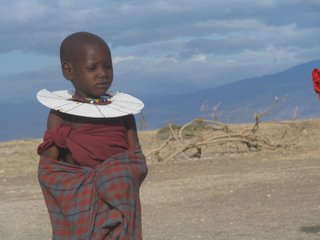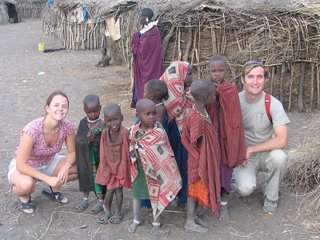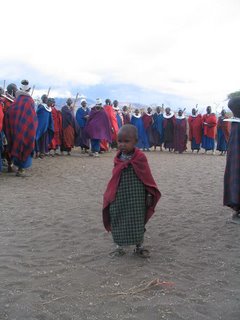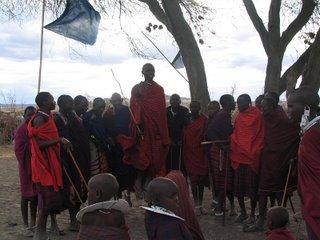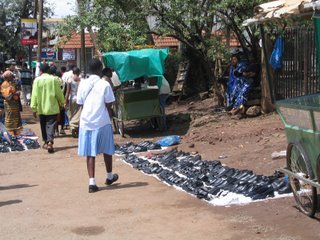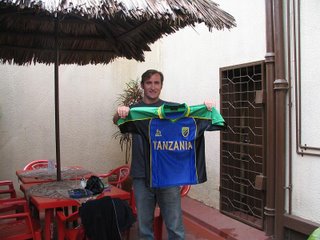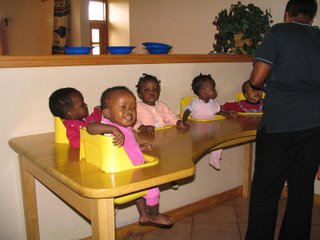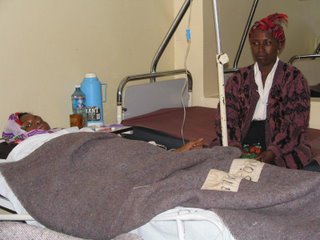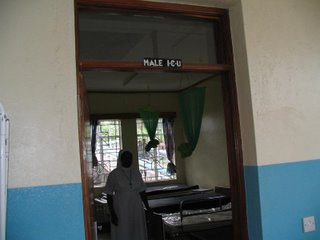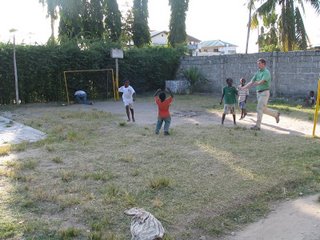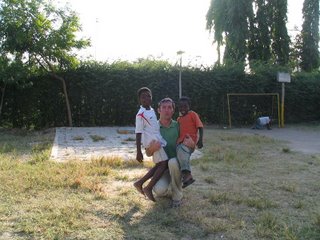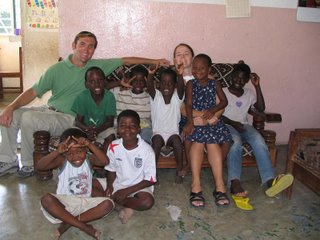Serengeti Safari



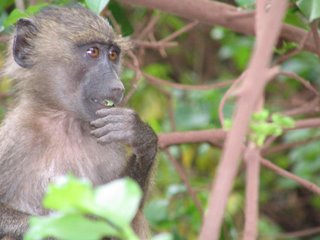
If the only thing you ever get to do in your life is take one trip, it should be to Africa, to take a safari. Safari in Swahili actually just means ‘journey’ but we mzungu have turned it into a fashionable word that conjours up all sorts of visions. We toured with a company called “predator”, which aptly describes a lot of what we saw….lions, lions, and, more lions. They were Roman’s favorite animal on the trip and although most of the time they are lying in the grass sleeping beside a fresh kill or stalking a zebra that they plan to kill, they really aren’t doing much. They have no real enemies and you can tell. They lumber along and lie around all day in the sun and then hunt at night. Our guide ‘Moro’ was very knowledgeable and pointed out early on that the females do all the work. They stalk and usually take down the prey and then the male (or males) eat it. The women get to chow down when the men are done…..I got a lot of mileage out of that one.
My favorites were the giraffes and the elephants. They are so incredibly beautiful and gentle. It takes hours to get right into the centre of the park and our tour company booked us a night at the Seronera Serengeti Safari Lodge. It is a lodge in the middle of the Serengeti built on a natural pile of volcanic rock called Kopjes. The animals roam all around the hotel and the rooms have screens open to the air at the top of the room so you can hear the wildlife. That night happened to be one of my nights of insomnia (it is a long story but basically I was awake for three nights in a row and then read the side effects list of my anti-malarial pills and realized I had all of them). I lay awake all night listening to the most incredible symphony of sounds. At one point I heard heavy footsteps trampling outside the window and woke Roman up. We both decided it was probably the zebras who were hanging around on the lower part of the property that we had seen earlier. There was a bit of loud grunting and chomping going on that could have passed for zebra but I had my doubts. I was picturing a group of elephants out there, or, even better, a herd of rhinos (probably hallucinating from the drugs!)…but, in the morning when we arrived for breakfast, the chatter in the dining room was about the herd of HIPPOS that were circling the property during the night and eating the long grass outside our windows. Ok, so I wasn’t hallucinating!
One British man looked like he was going to have a stroke while he was telling the story of getting out of bed and lighting the candle (yes, there are periods here when we have no electricity or generator power) and looking out the window at a giant animal lumbering past!
I will list the animals that we saw (not including all birds because there are just too many species to remember): hippos, rhinos, zebra, jackals, cheetah, leopard, lions, elephant, giraffe, hyena, warthog, ostrich (and 9 babies in tow), flamingo, storks, herons, hawks, eagles, wildebeest, baboons, chimpanzees, Dick Dicks, gazelle, impala and the list goes on…our pictures don’t do it justice, nor would my description of the amount of sand in our hair when the game drive was over.
